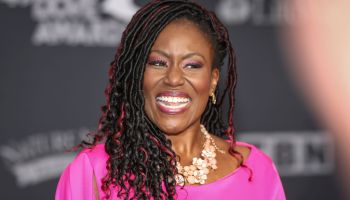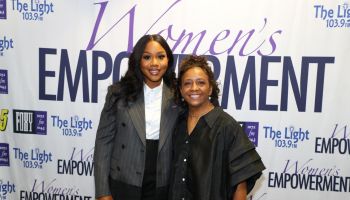This is definitely not so. Cancer can be very small when it first presents. Size is never a good way to decide whether a lump is something to worry about. Breast lumps can range in size from a pea to a grapefruit. The lumps found on mammograms can be extremely small. When women actually feel a mass, it’s usually less than an inch in diameter, the size of a small cherry.
4. It’s OK to Watch a Lump and Call the Doctor Later
It’s not OK, and the older you are, the more this advice applies, doctors say. You should always be evaluated by a health care practitioner. Sometimes they will recommend watching it for a couple months in women who are still menstruating. You can have cysts [that feel like lumps], and they can change with the menses. Older women who have gone through menopause aren’t likely to have lumps change from hormonal influence, so watchful waiting isn’t typically considered an option.
Bottom line for older and younger women: Get evaluated. The worst approach is to go into denial and wish away the lump. If it turns out to be a cancer, two or three months can make a difference, especially in a younger person.
5. A Lump Can Be Cancer Even in a Woman With No Family History
Absolutely! Only 5% or 10% of breast cancer is hereditary. The majority of women who get breast cancer have no risk factors. But women often believe otherwise. Most think, “If I don’t have a family history of cancer, a lump is not likely to be cancer.’ This is so far from the truth.
6. A Lump Can’t Be Cancer in Women with a History of Cysts
Not so, but some women are lulled into this false sense of security. Women who have been told for years they have cysts often assume a new lump is nothing to worry about. Whenever something new appears, doctors need to know about it. Don’t assume that just because previous lumps turned out to be cysts — or nothing at all to worry about — that the new lump is the same story.
Breast Lumps: 6 Myths And Facts was originally published on blackdoctor.org














